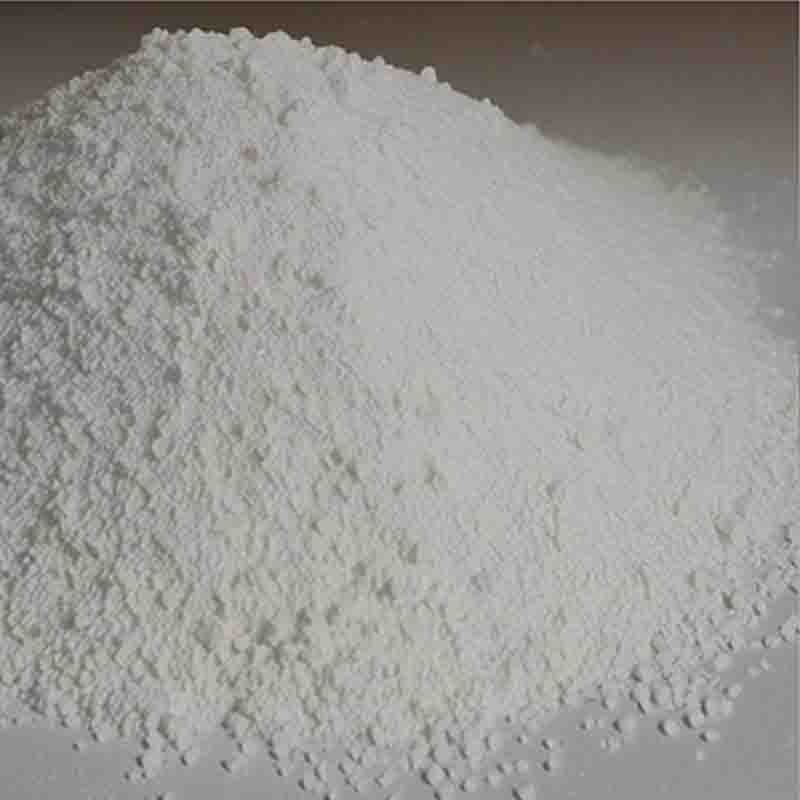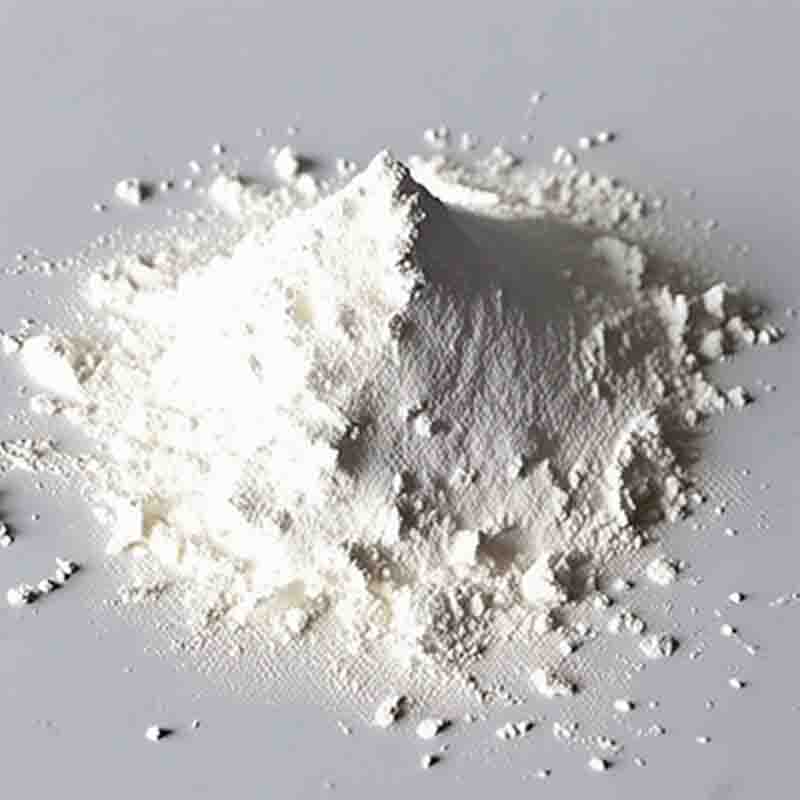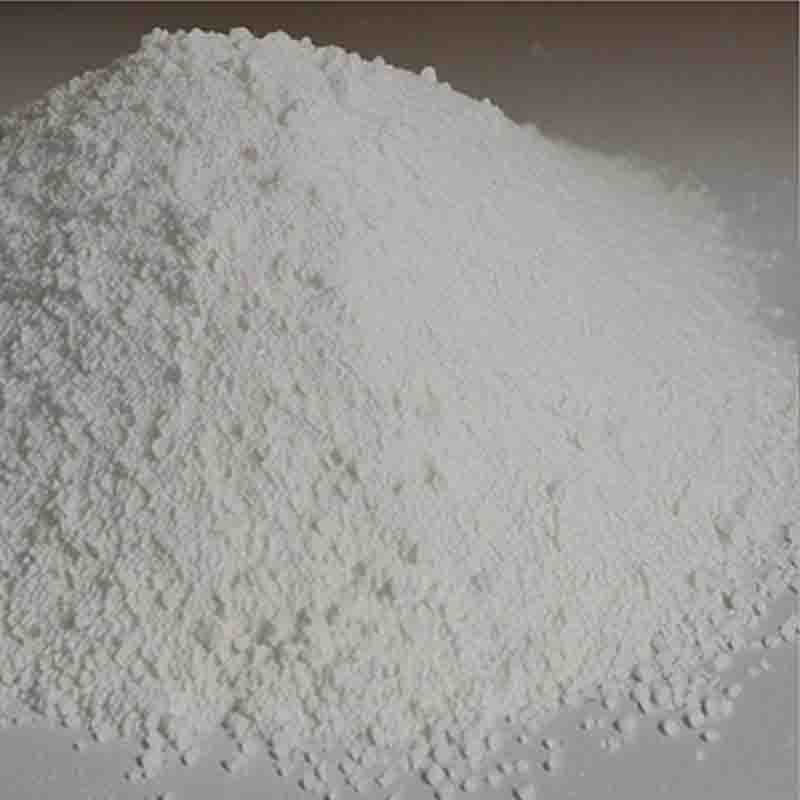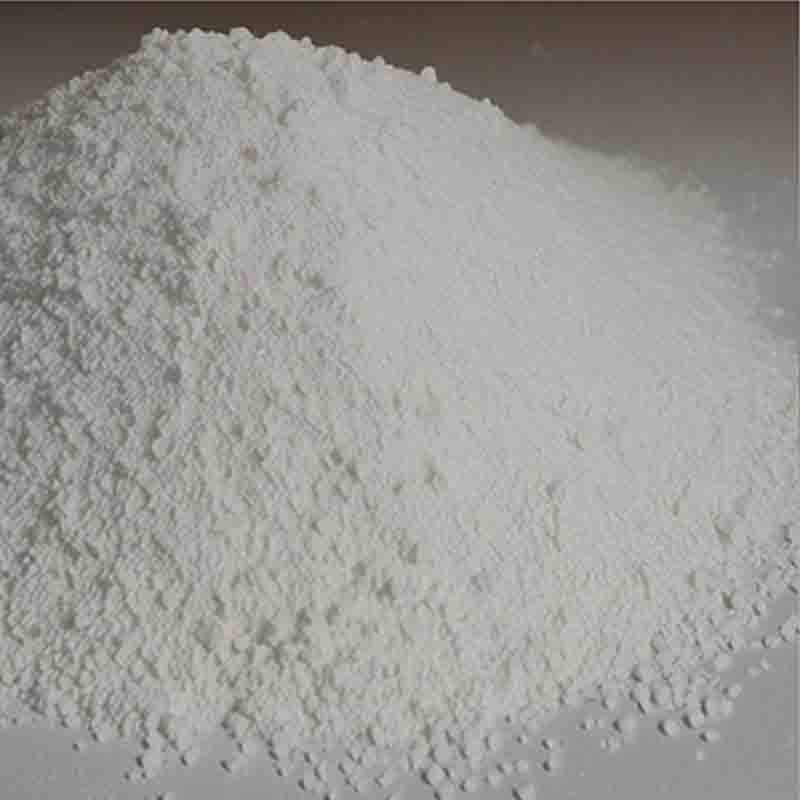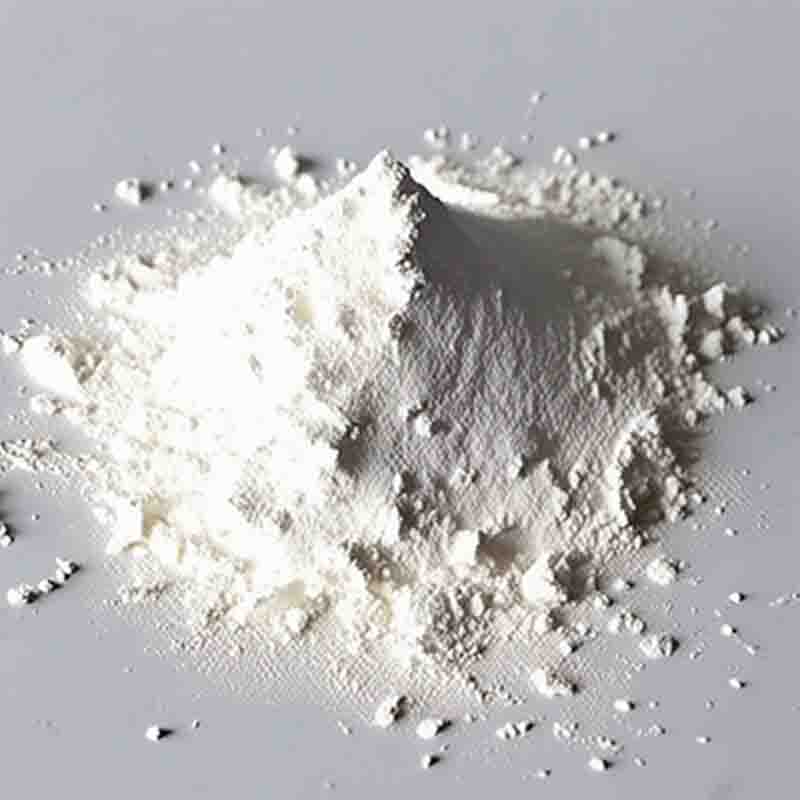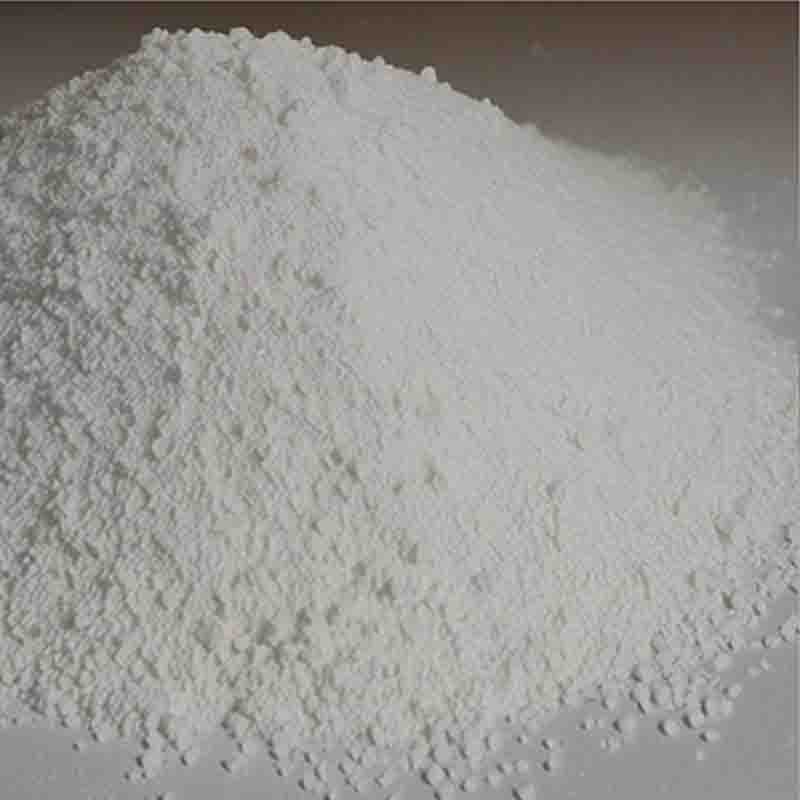2,2-Bis(hydroxymethyl)propionicacid CAS:4767-03-7
| Catalog Number | XD95311 |
| Product Name | 2,2-Bis(hydroxymethyl)propionicacid |
| CAS | 4767-03-7 |
| Molecular Formula | C5H10O4 |
| Molecular Weight | 134.13 |
| Storage Details | Ambient |
Product Specification
| Appearance | White powder |
| Assay | 99% min |
2,2-Bis(hydroxymethyl)propionic acid, also known as bis-MPA or pentaerythritol monoacrylate, is a chemical compound with several notable effects and applications.One of the primary effects of 2,2-Bis(hydroxymethyl)propionic acid is its ability to act as a monomer, particularly in the field of polymer chemistry. It can undergo polymerization reactions to form polymers with desirable properties. Bis-MPA-based polymers are known for their high cross-linking density and excellent mechanical properties, making them suitable for various applications such as coatings, adhesives, and inks.Bis-MPA polymers also exhibit excellent chemical stability and resistance to UV radiation, making them suitable for use in sustainable and durable coatings. These coatings can be applied to a wide range of surfaces, including metals, plastics, and wood, providing protection against corrosion, weathering, and chemical exposure.Furthermore, 2,2-Bis(hydroxymethyl)propionic acid has been used in the development of drug delivery systems. By incorporating the acid into the structure of the polymer, it can enhance the stability and controlled release of drugs. Bis-MPA-based drug delivery systems have shown promising results in improving drug bioavailability, reducing side effects, and achieving targeted delivery to specific tissues or cells.In addition to its use in polymer chemistry and drug delivery systems, 2,2-Bis(hydroxymethyl)propionic acid also finds applications in photoresists used in semiconductor manufacturing. It serves as a cross-linking agent in photoresist formulations, helping to improve their performance and resolution in lithographic processes. This facilitates the production of smaller and more intricate features on microchips and other electronic components.Furthermore, bis-MPA has been investigated for its potential use in self-healing materials. The structure of the acid allows it to undergo reversible reactions, enabling the material to repair itself when damaged. Self-healing materials have wide-ranging applications, including corrosion-resistant coatings, automotive components, and electronic devices.However, it is important to note that the effects and applications of 2,2-Bis(hydroxymethyl)propionic acid may vary depending on its specific formulation, concentration, and the system it is used in. Care should be taken to follow proper handling, storage, and safety measures when working with this compound.In conclusion, 2,2-Bis(hydroxymethyl)propionic acid, or bis-MPA, has various effects and applications. It is commonly used as a monomer in polymer chemistry, contributing to the development of high-performance coatings, adhesives, and drug delivery systems. It also plays a role in semiconductor manufacturing as a cross-linking agent in photoresists. Additionally, bis-MPA has potential applications in self-healing materials.


